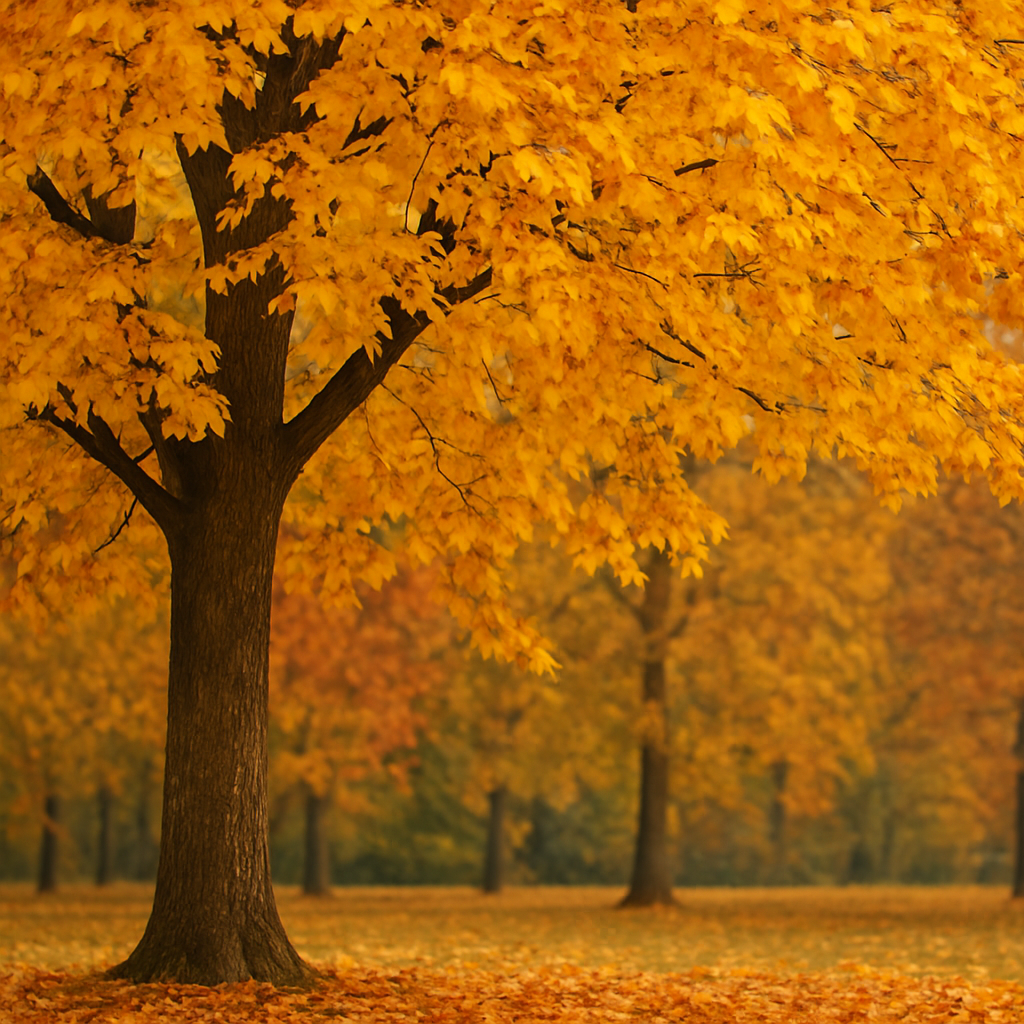
Don’t miss the next step in the season’s story—check back on September 10th!
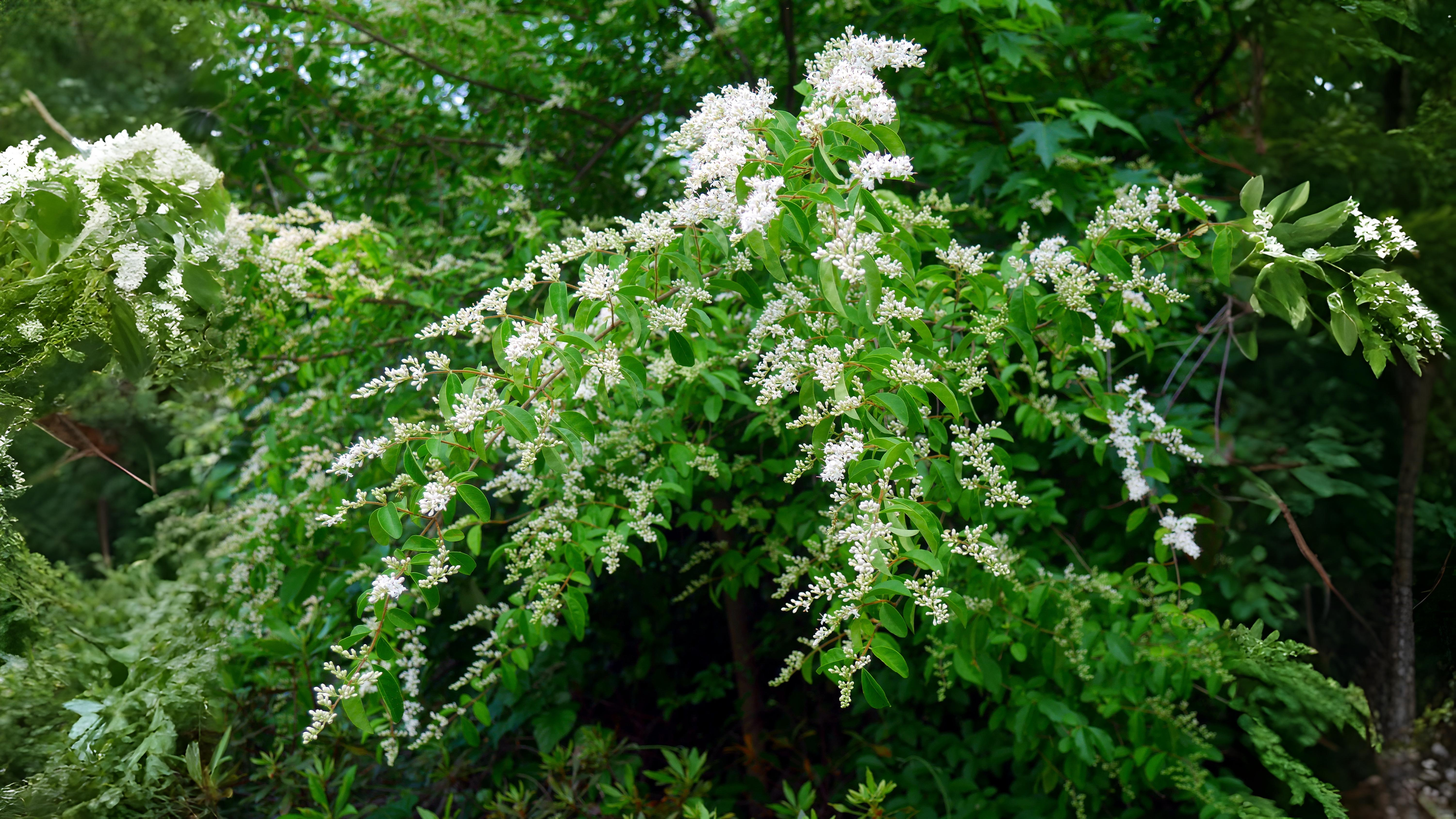

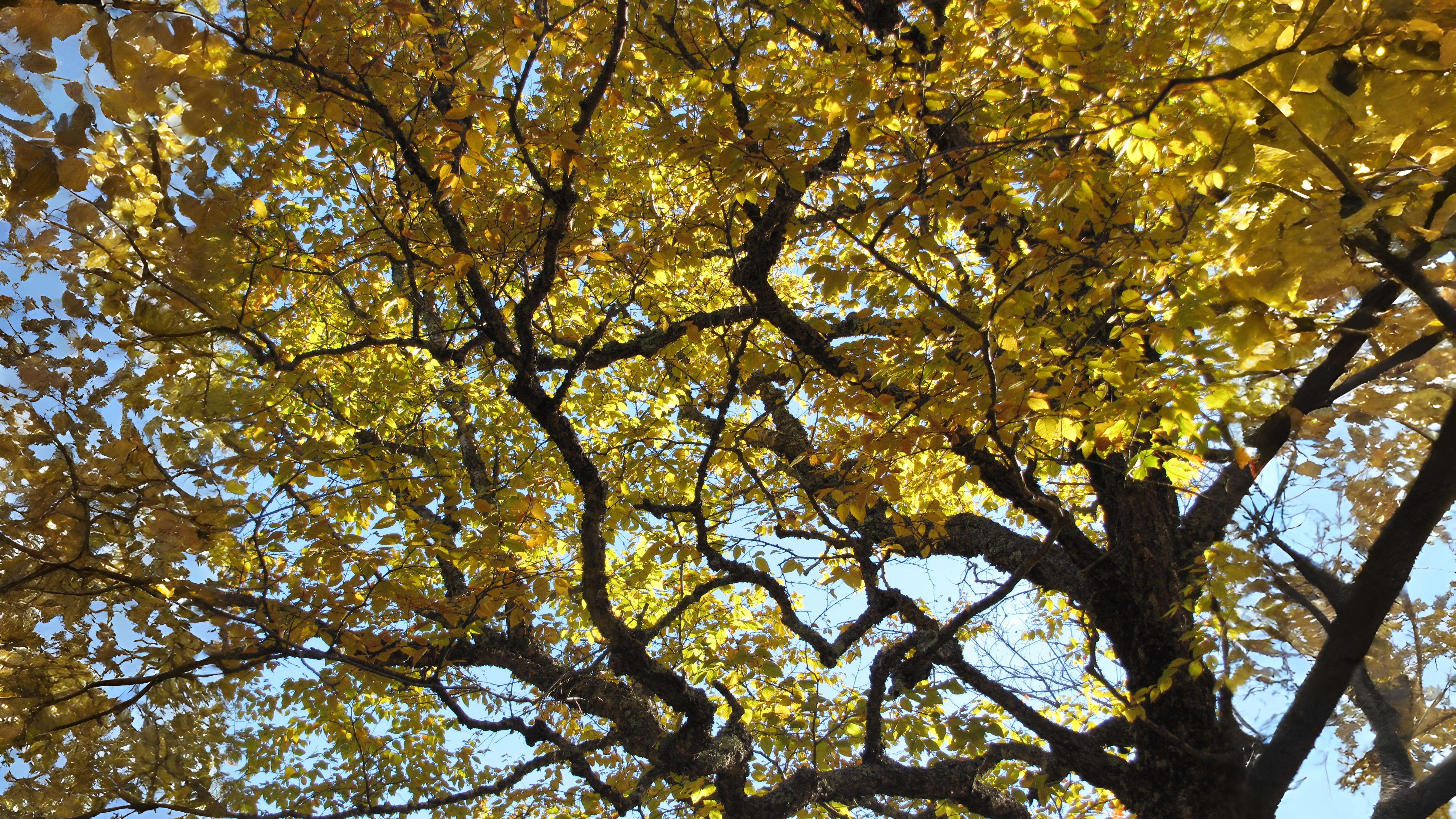

Towards the middle of the month there is still a surprising lack of colour generally, considering autumn colour will be at its peak in four weeks time. Trees such as apples, pears, poplars and honey locusts are all getting quite dappled. Honey locust even have separate green and lemon yellow leaflets. Wild bullaces, which were quite difficult to find in the spring, now stand out with their separate butter yellow and green leaves. Other trees that become noticeably dappled are Lombardy poplars and Caucasian wingnuts whose leaves are now flecked with acid yellow.


Towards the middle of the month there is still a surprising lack of colour generally, considering autumn colour will be at its peak in four weeks time. Trees such as apples, pears, poplars and honey locusts are all getting quite dappled. Honey locust even have separate green and lemon yellow leaflets. Wild bullaces, which were quite difficult to find in the spring, now stand out with their separate butter yellow and green leaves. Other trees that become noticeably dappled are Lombardy poplars and Caucasian wingnuts whose leaves are now flecked with acid yellow.
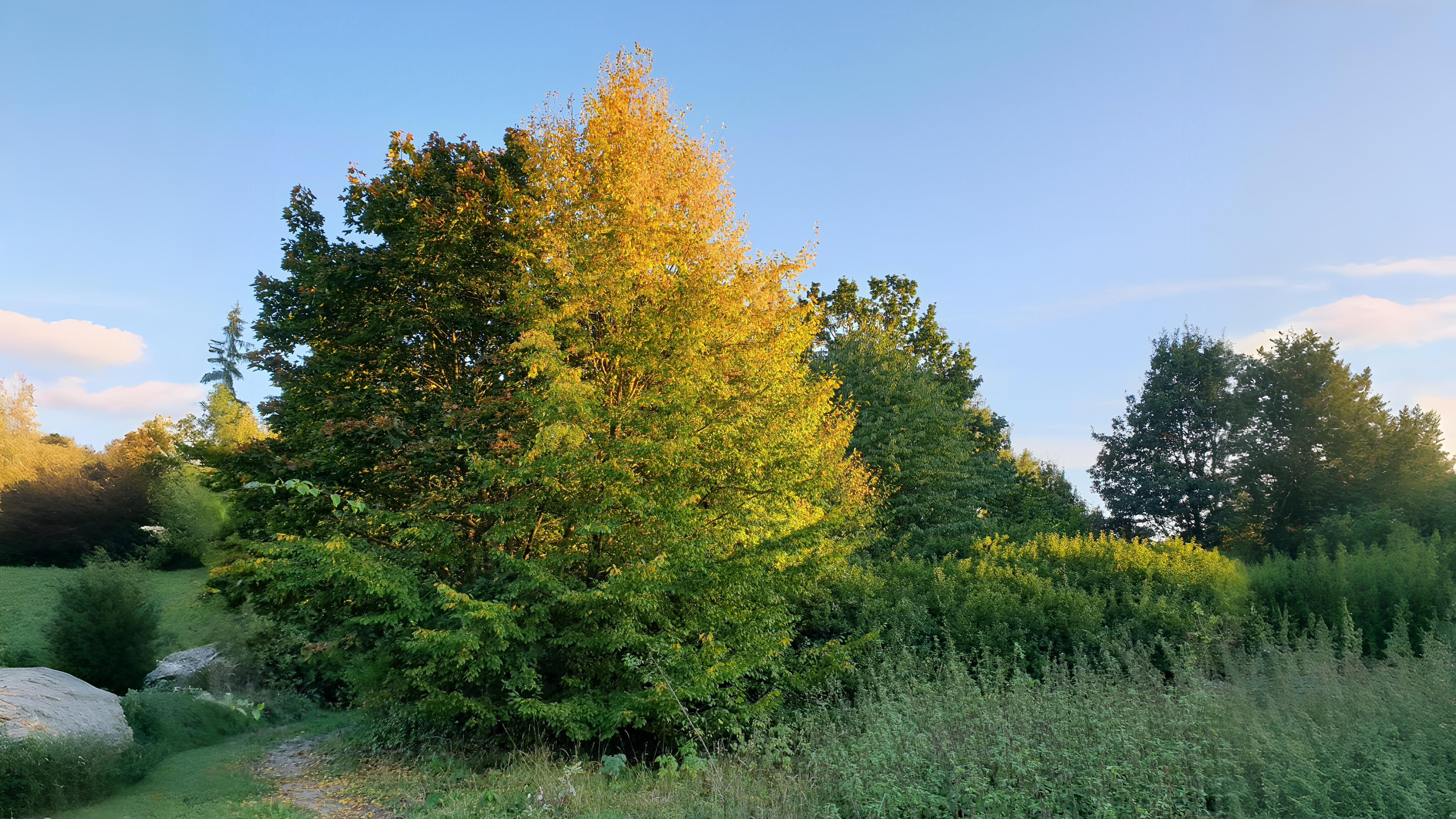

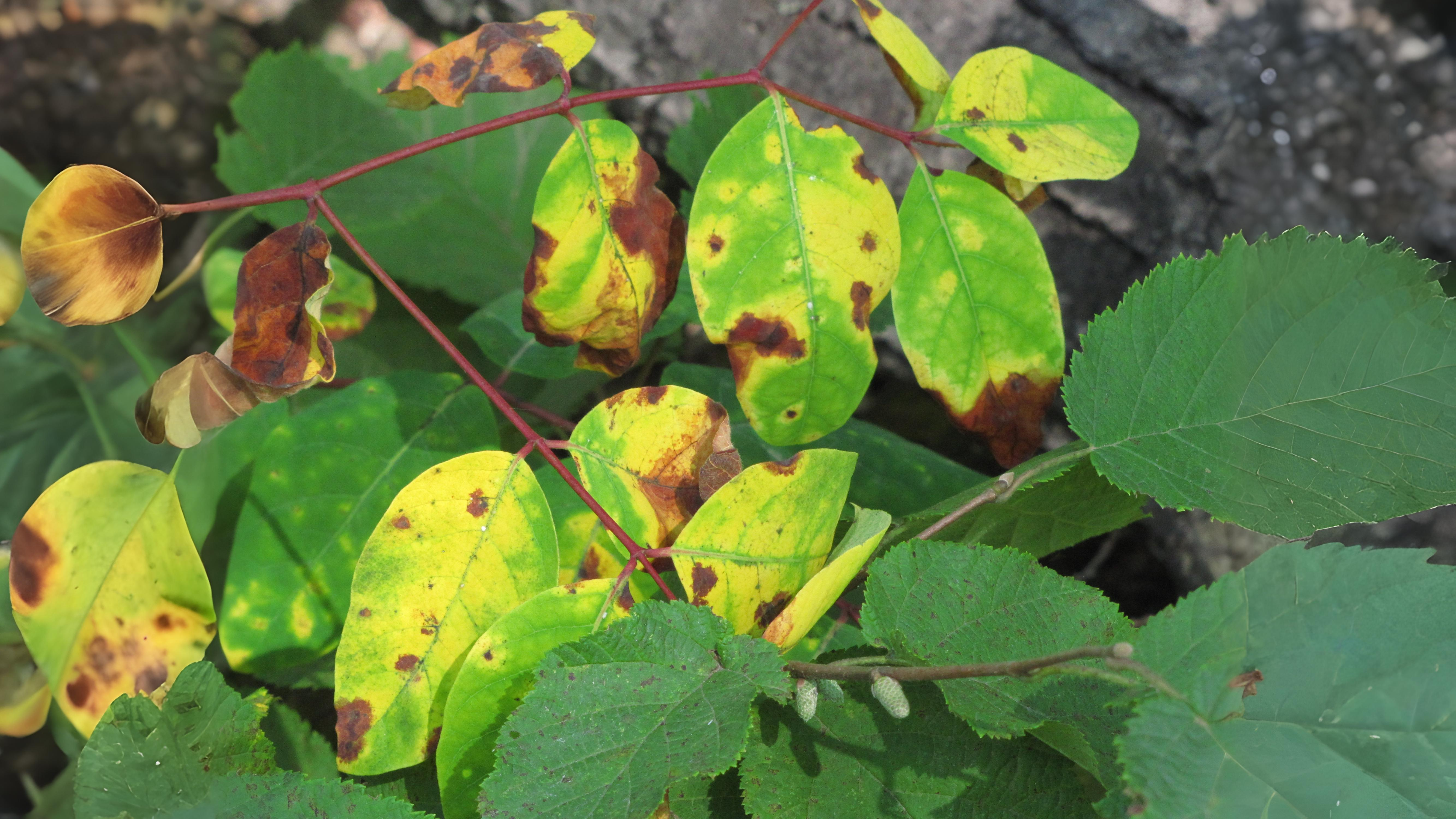

Maples including our own wild maple Acer campestre are also starting to change colour. In many maples it is the leaf margins that change first, just as it is the leaf veins that often change first in cherries. Maples generally turn a variety of soft reds, yellows and greens but Japanese maples tend towards a much greater range of reds including coral and flame red as well as scarlet. The ubiquitous sycamore, which is just a large maple, once again disappoints, now having just leaves with shrivelled edges.


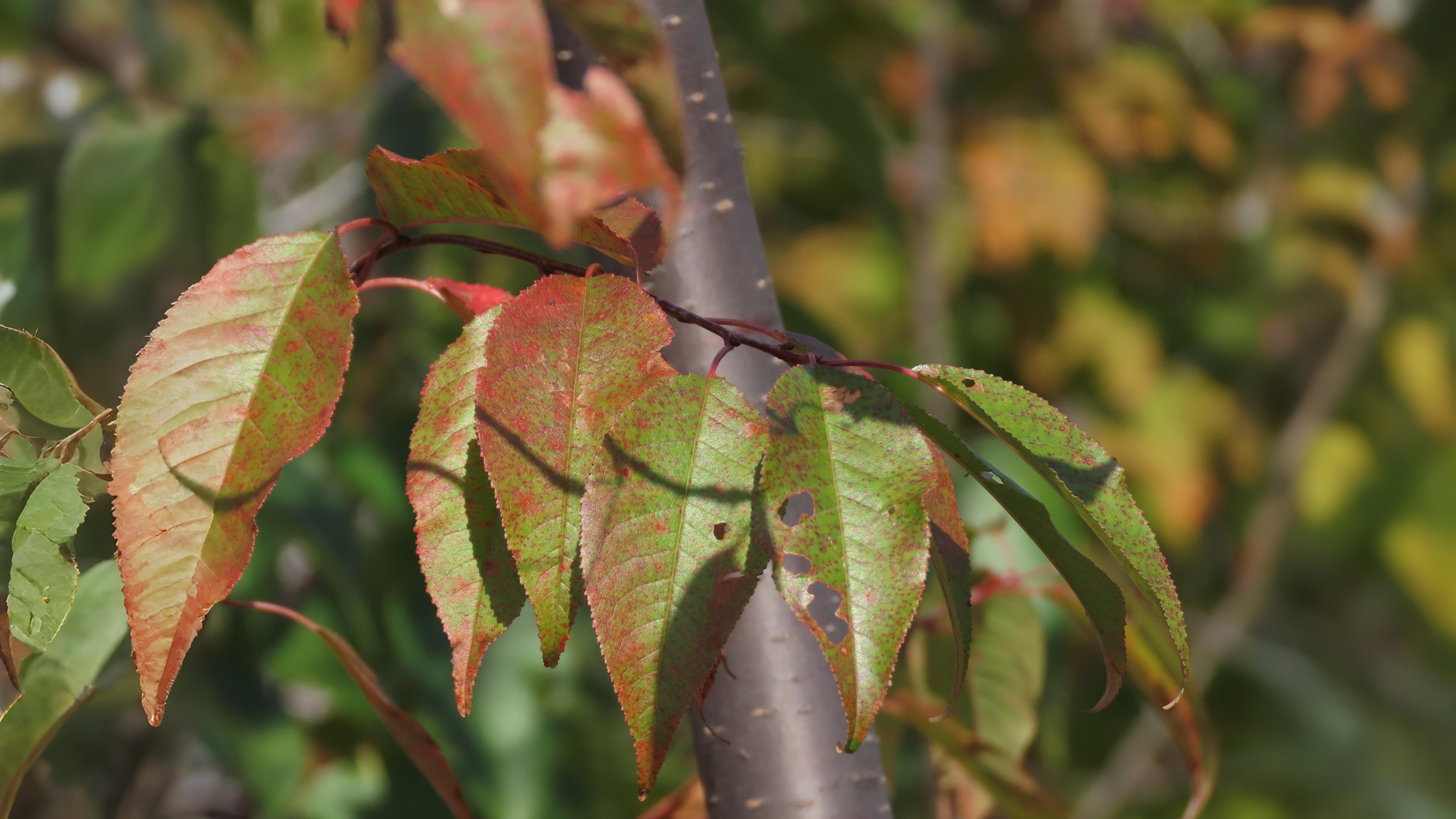

As the month comes to its end, some forms of Persian ironwoods start to show particularly bright reds, brown and yellows. They will hold these colours for far longer than most other trees. Silver maples are turning a similar range of colours but in this case far more muted rose reds, watery yellows and translucent greens. Meanwhile oak, beech, hazel and magnolias all remain as yet unchanged.

